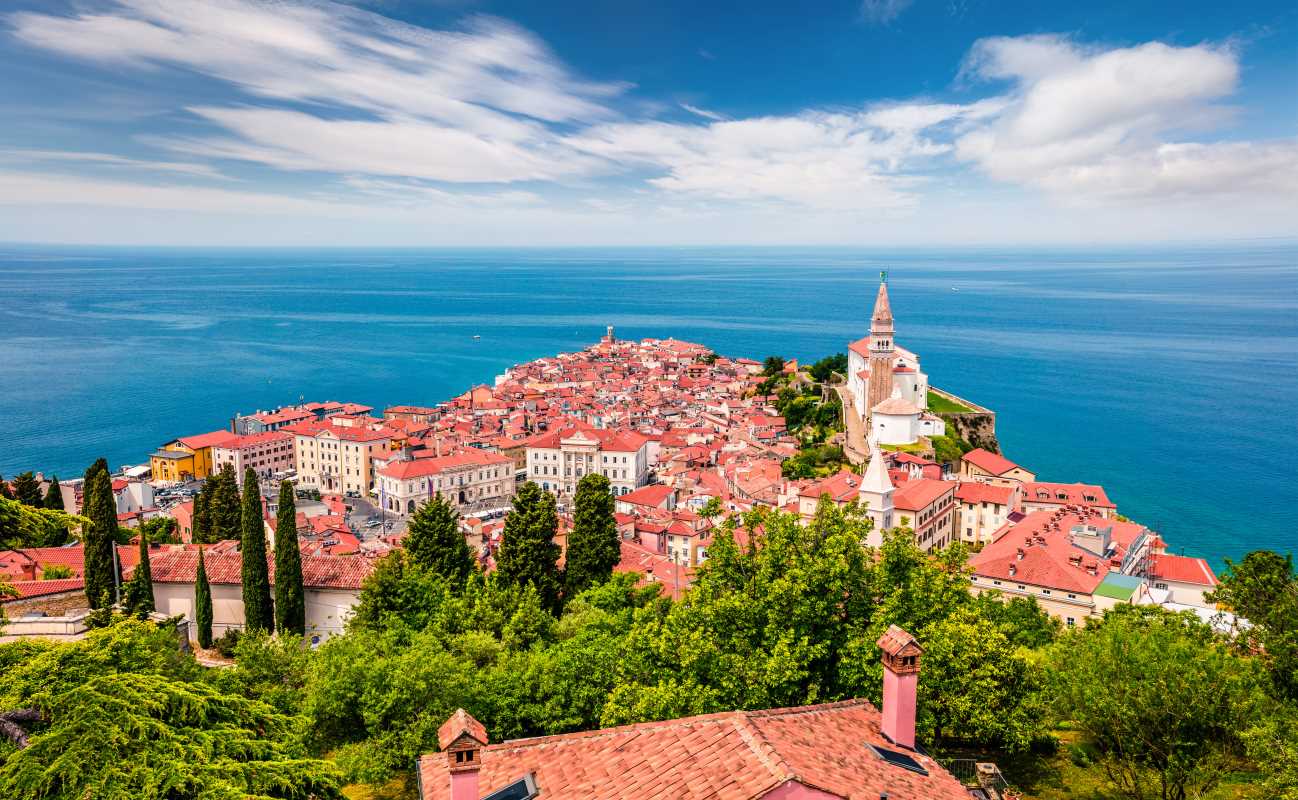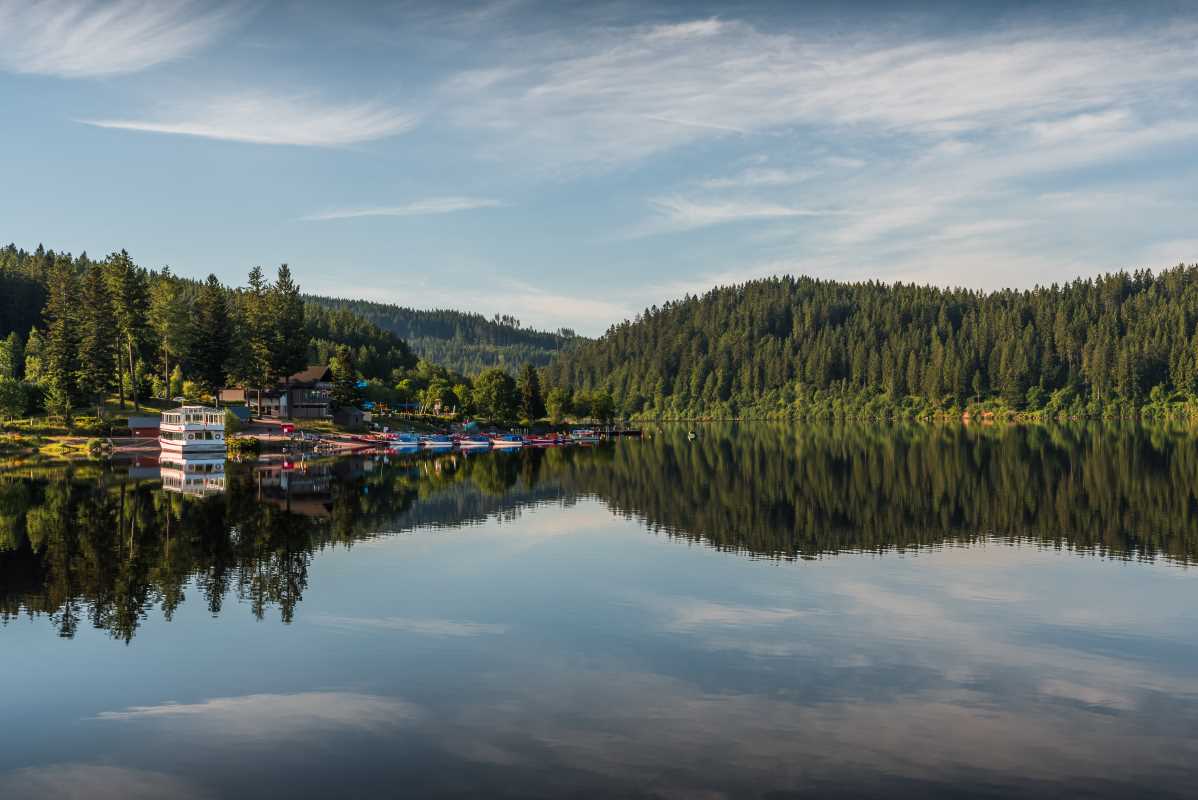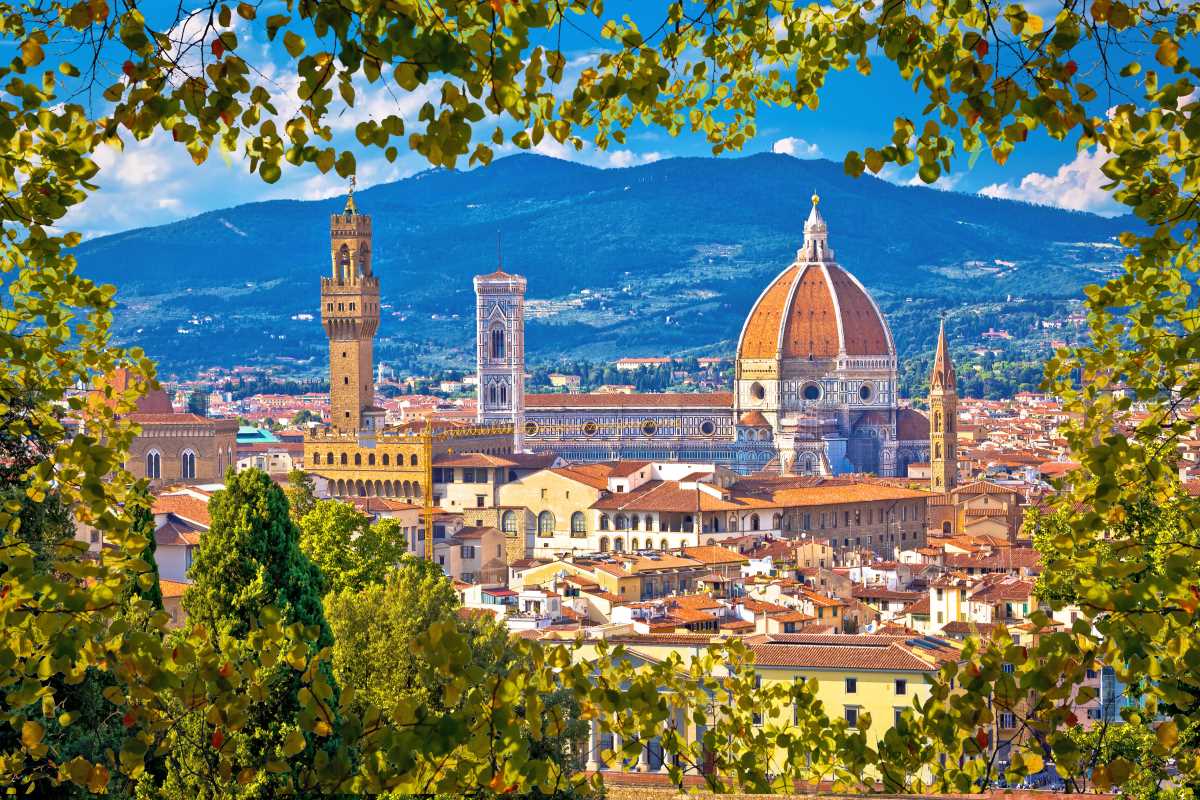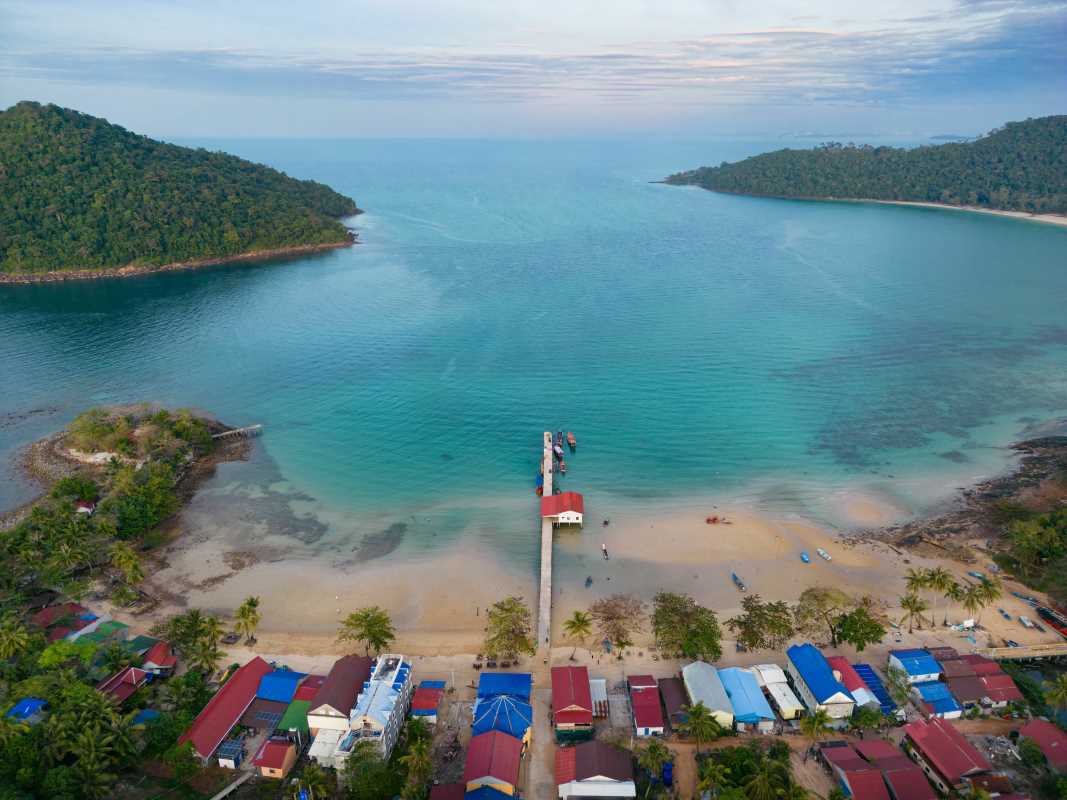There’s nothing quite like lying under a blanket of stars and feeling a deep connection to the universe. Stargazing offers a rare opportunity to escape the hustle of daily life and immerse yourself in the beauty of nature’s grandest display. But your location can make or break the experience. Urban areas are bustling with light pollution that dims the night sky’s magic, leaving only the brightest stars visible. Thankfully, there are incredible places around the world where the skies are so impossibly dark and clear, you’ll get a front-row seat to the cosmos. These breathtaking spots, from remote deserts to towering mountains, provide unrivaled opportunities to witness constellations, planets, and even galaxies. Pack your bags and get ready for skies that truly dazzle!
What Makes a Great Stargazing Destination?
Before jumping into the list, it’s helpful to understand the key factors that make some places better for stargazing. First, low light pollution is essential. The farther you get from bright cities, the darker the night skies tend to be. Altitude also matters because higher elevations have less atmosphere between you and the stars, improving visibility. Dry, clear weather plays a big role too, as humidity and cloud cover can obscure the view. That’s why many of the best spots are in remote, arid regions or at high altitudes.
Now, with these factors in mind, here are some of the best stargazing destinations around the world.
1. Mauna Kea, Hawaii, USA
Sitting more than 13,000 feet above sea level, Mauna Kea provides one of the clearest views of the night sky on Earth. This dormant volcano in Hawaii has extraordinary stargazing conditions because of its altitude, stable atmosphere, and minimal light pollution. From the summit, you can even see galaxies and nebulae with the naked eye. It’s no wonder world-class observatories operate here.
Planning a trip? Stargazing conditions are best on crisp, clear winter nights when the moon is in a crescent or gibbous phase. These phases limit excess light from the moon, allowing stars to shine brighter. Be sure to dress warmly because temperatures at the summit can get very cold, even in Hawaii. It’s also a good idea to check road conditions, as snow can occasionally block access to the top.
2. Atacama Desert, Chile
The Atacama Desert is one of the driest places on Earth, and its arid conditions and minimal light pollution create near-perfect stargazing opportunities. Wide, open skies make it easy to spot celestial wonders like the Milky Way and distant constellations. The Elqui Valley and San Pedro de Atacama are particularly popular among stargazers, hosting both professional and amateur observatories.
For the clearest views, plan your visit during the Southern Hemisphere’s winter months (June to August). The combination of cold, dry air and fewer clouds during this time makes for incredible night-sky visibility. If chilly nights don’t bother you, you’ll be rewarded with unforgettable stargazing experiences.
3. Tromsø, Norway
Tromsø is famous for its dazzling northern lights, but it also offers some of the best stargazing in the Arctic. Located above the Arctic Circle, Tromsø experiences long polar nights in winter, when the sun barely rises, creating ideal conditions for stargazing. The dark skies here reveal not just constellations but also have a chance of showcasing the magical aurora borealis.
For the ultimate experience, visit Tromsø between September and April, when the nights are longest. Be prepared for freezing temperatures, and dress in plenty of layers. Whether it’s constellations or the aurora dancing across the sky, Tromsø offers a truly unique stargazing adventure.
4. Aoraki Mackenzie International Dark Sky Reserve, New Zealand
This dark sky reserve, located on New Zealand’s South Island, is a stargazer’s dream. The skies above Aoraki/Mount Cook National Park are protected against light pollution, ensuring clarity and brilliance for night-sky viewing. Unique to the Southern Hemisphere, you can see the Southern Cross constellation and the Magellanic Clouds, which are satellite galaxies of the Milky Way.
The best time to stargaze here is during New Zealand’s winter months (June to August), when nights are clear and crisp. Combine stargazing with daytime adventures in the reserve for an unforgettable trip.
5. NamibRand Nature Reserve, Namibia
Namibia’s NamibRand Nature Reserve is another stellar destination for stargazing. Recognized as one of Africa’s first dark sky reserves, it offers dramatic views of the Milky Way without a hint of artificial light. The vast desert landscape only adds to the magic of the experience, with plains and dunes stretching endlessly beneath the starry sky.
Visit during Namibia’s dry season (May to October) for the best conditions. With most nights clear and free from clouds, you’ll have an excellent chance to marvel at the constellations. For an even more immersive experience, camp out under the stars with nothing but a sturdy sleeping bag and the desert silence.
6. Grand Canyon National Park, Arizona, USA
While the Grand Canyon is best known for its stunning landscapes, it’s also an incredible spot for stargazing. Designated as an International Dark Sky Park, the park has minimal light interference, making its high desert skies perfect for spotting constellations and planets.
For an extra special experience, consider visiting during the park’s annual star parties in June. These gatherings feature telescopes set up by amateur astronomers and astronomy workshops led by park rangers, offering a great introduction to stargazing for beginners.
Tips for Stargazing Travelers
To make the most of your stargazing adventure, keep these tips in mind:
- Plan Around the Moon: Check lunar calendars and aim for trips during a new moon or crescent phase to minimize light pollution from the moon.
- Bundle Up: Even in warm climates like Hawaii or deserts, nights can get surprisingly cold. Layers are your best friend for staying comfortable.
- Bring Basic Gear: Binoculars or a small telescope will enhance your experience, and a red flashlight will help you see without ruining your night vision.
- Use Apps or Guides: Stargazing apps and star charts are handy tools to help identify constellations and celestial landmarks.
- Avoid Artificial Light: Stay away from streetlights or campfires, and give your eyes at least 20 minutes to adjust to the dark for the best viewing experience.
Stargazing is great for seeing stars, but it's also a chance to reflect and connect with something bigger than ourselves. Whether you prefer the tropical heights of Mauna Kea or the frozen expanses of Tromsø, each destination offers its own charm and unique perspective of the universe. Pick a spot, pack your gear, and set out for a night under the stars that you’ll never forget. The universe is waiting for you.
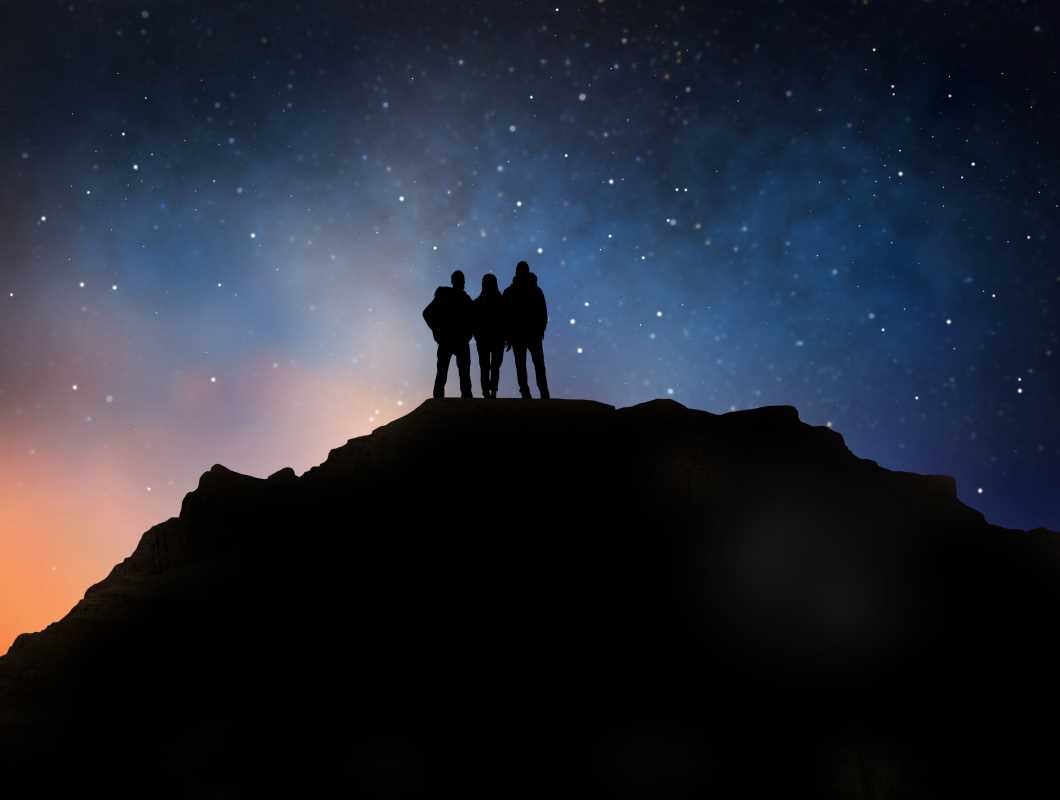 (Image via
(Image via